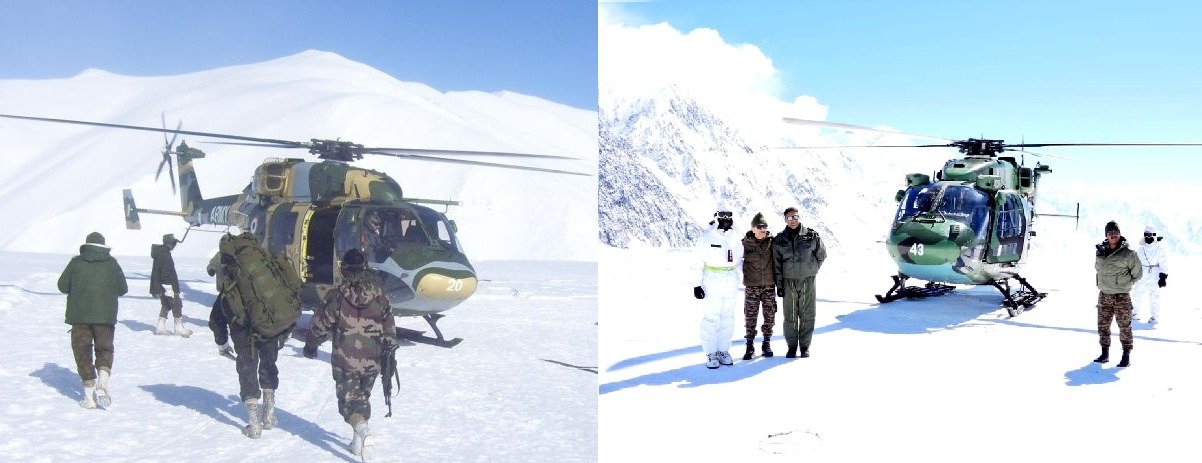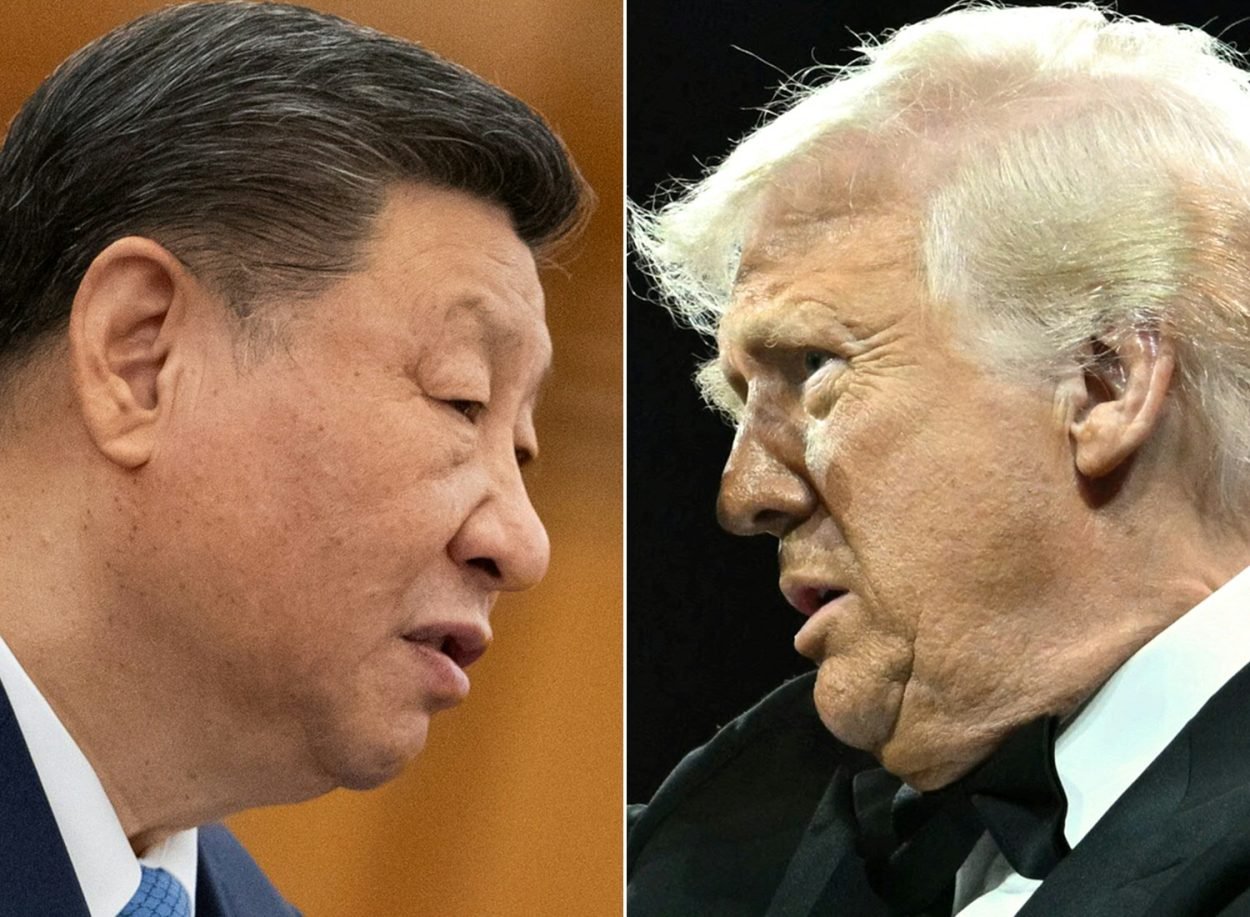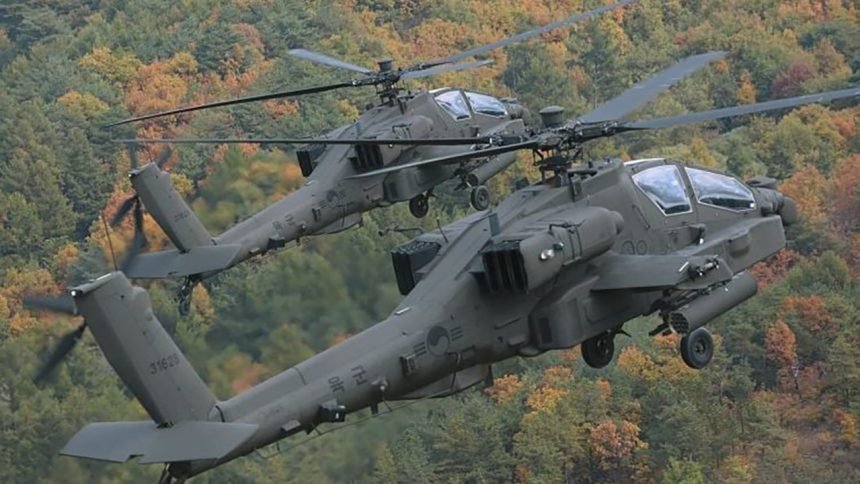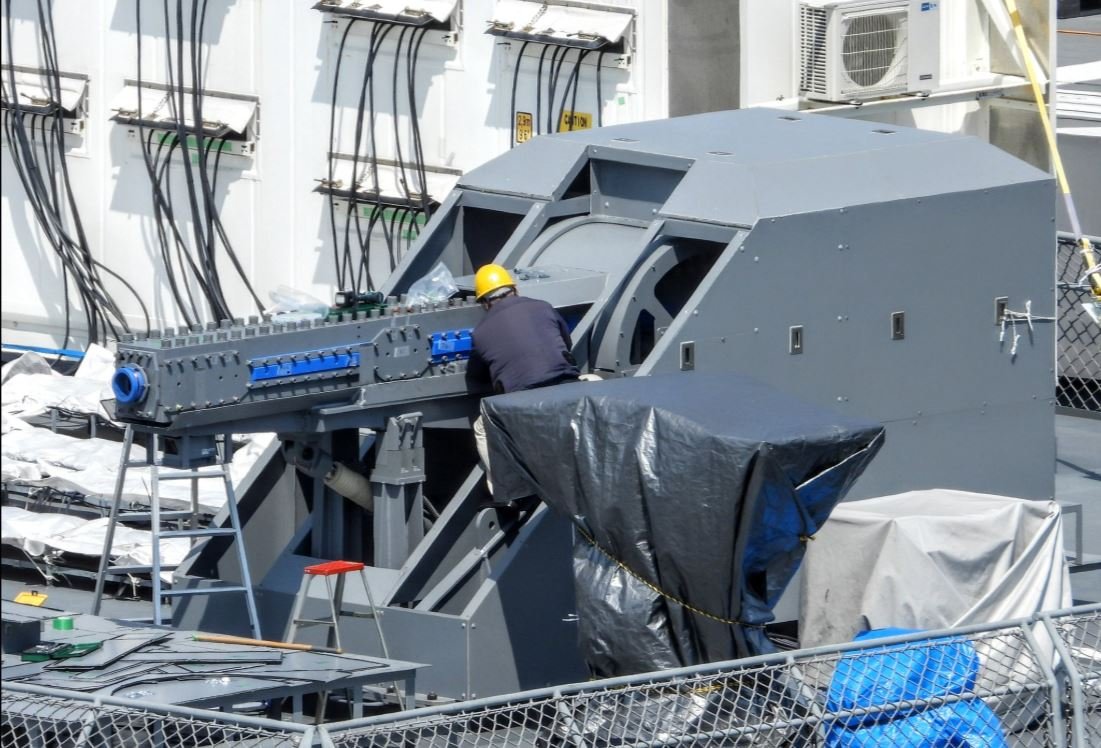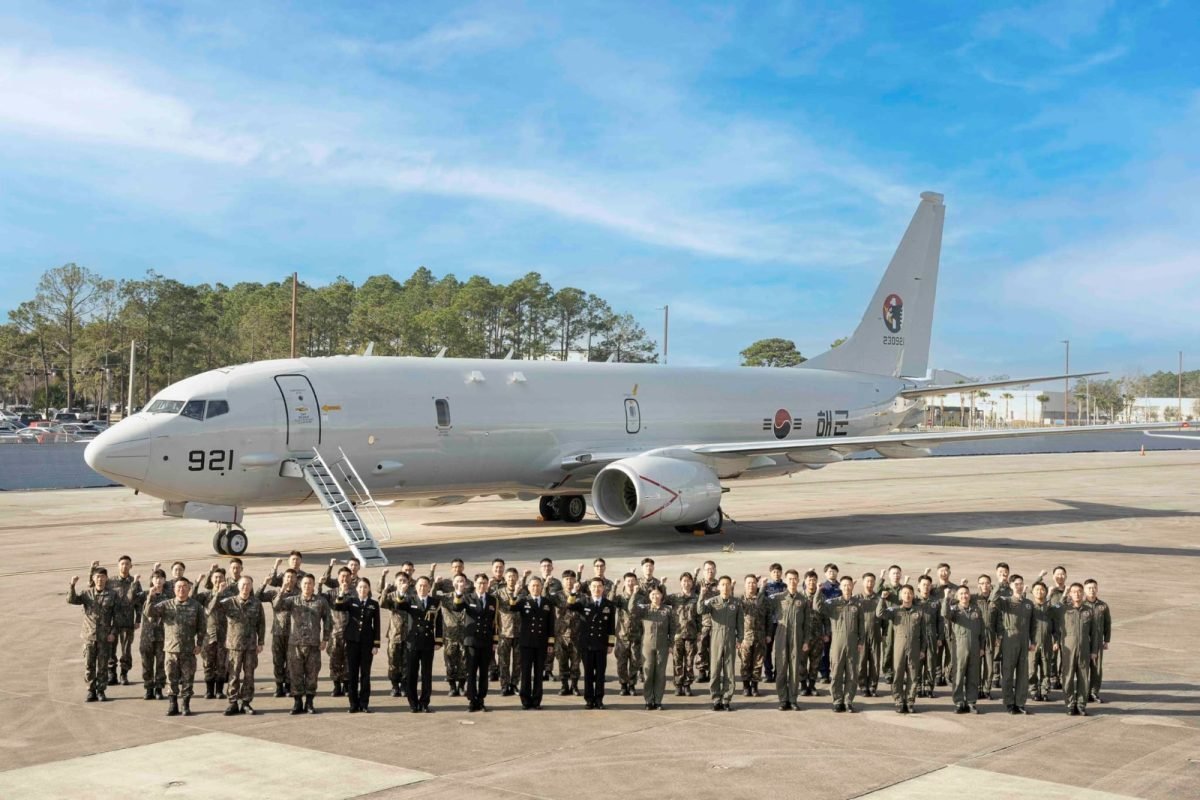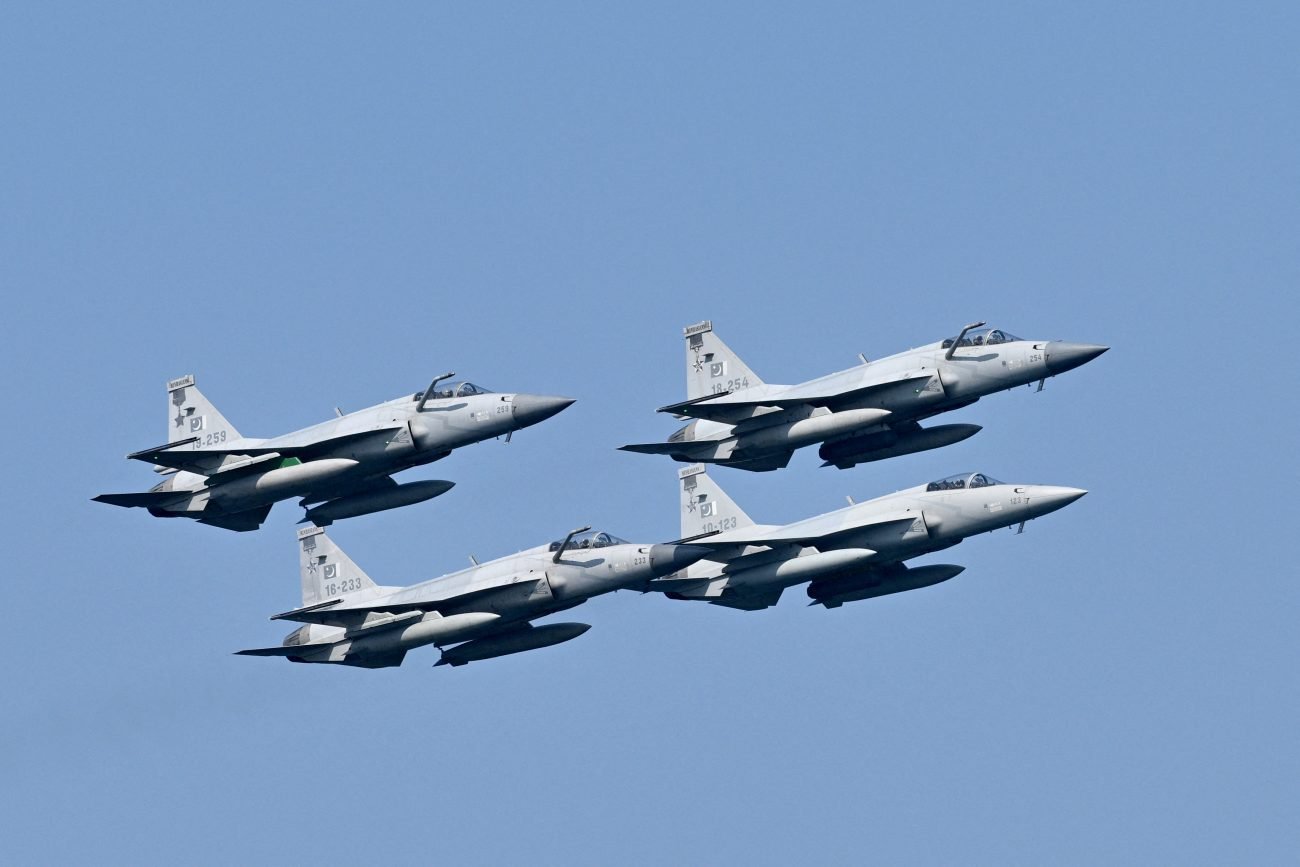As the Indian Army troops prepare to be deployed for the fifth consecutive winter along the Line of Actual Control with China, the force faces the challenge of keeping the logistics line open at the forward bases in one of the most treacherous terrains.
To meet this challenge, the Indian Army is co-opting civil helicopters to reserve its helicopter fleet for more critical roles, like combat.
Since the violent clashes between the Indian and Chinese troops in the Galwan Valley in 2020, the Indian forces have been deployed in forward locations.
Despite ongoing negotiations, the ‘trust deficit’ between the two countries warranted the deployment of troops at these forward locations. With China building permanent defenses along the 3,488-kilometer-long LAC and the People’s Liberation Army not planning to return to its peacetime locations, the Indian Army will assume its role as the first line of defense for the fifth consecutive winter.
The protracted deployment has not only impacted the fatigue in the machine but has also pushed the Indian Army to change its posturing. In 2022, the Army changed the operational tasks of six of its Divisions from the Ladakh sector to Arunachal Pradesh and shifted their focus from the Pakistan front towards China.
Now, the Indian Army will contract civil aviation helicopters, public (Pawan Hans) and private, instead of the Indian Army’s or Indian Air Force helicopters. The contract is to provide logistical support to the Army’s posts along the northern and Western borders cut off during the winters.
The contract is for one year to ensure the serviceability of 16 remote posts in the Jammu region and 28 posts in Kashmir and Ladakh. Indian Army officials have indicated that besides reducing costs, the move is a strategic step “to preserve the service life of military helicopters for more critical roles in combat or emergency scenarios.”
The helicopters, provided under the contract, will operate from seven mounting bases in Ladakh, two in Kashmir, and one in the Jammu region, covering 44 posts. This step is seen as a decisive shift in how the Indian Army maintains its critical positions in high-altitude regions during the harsh winter months when these areas are otherwise inaccessible due to snow.
As per the contract, the civil aviation service provider will shoulder the entire load-carrying effort to sustain these posts. The helicopters will ferry food, fuel, medical supplies, and other essential items, ensuring that these high-altitude positions remain fully operational and well-supplied during winter.
Plans are afoot to expand the model to other strategic regions, including Himachal Pradesh, Uttarakhand, and the Northeast.
The move is aimed at validating whether civil aviation infrastructure can be used by the military during conflict situations. The Army hopes that using civil aviation for logistics in the border regions will facilitate tourism in the region.
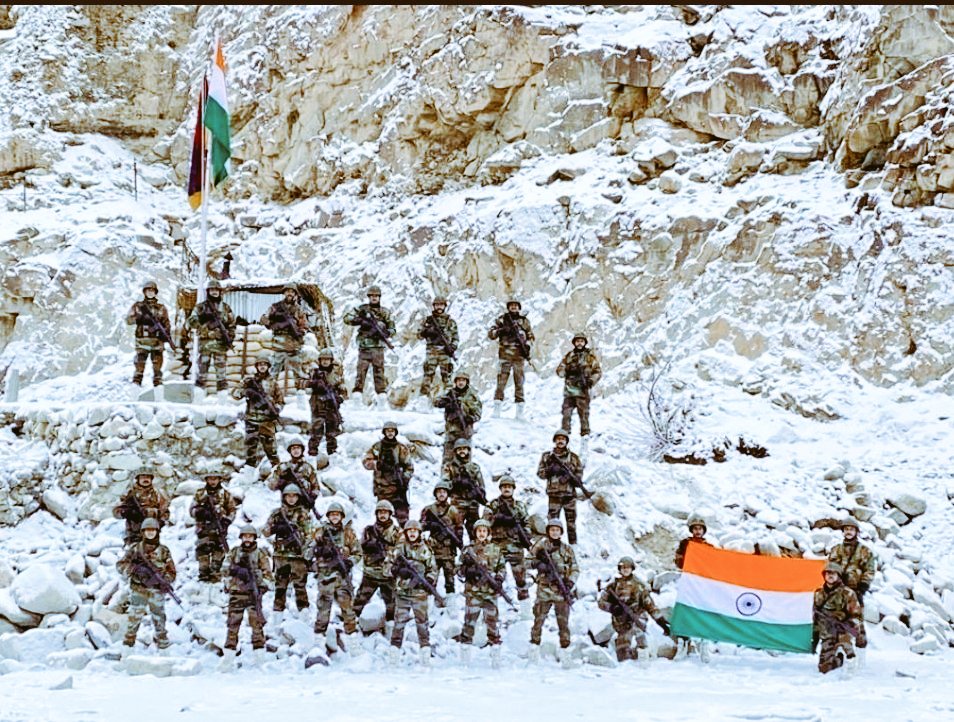
Keeping an eye on China, the Indian Air Force is quietly upgrading its infrastructure at 20 air bases along the eastern border. It is not only adding hardened aircraft shelters and munition centers to carry out China-centric operations in case of an eventuality, but it is also constructing additional runways to offset the increased civilian traffic and to have a plan B should one of the runways be bombed by the enemy forces during the war.
For instance, a second runway is being constructed at the strategic Leh airbase in Ladakh, which has been the center point of several clashes between the Indian and Chinese military in the last few years. The base is critical for maintaining the Indian military’s operation along the Line of Actual Control with China and Siachen.
Since the 2020 Galwan standoff, Beijing has been scaling up its air assets along the LAC. A recent image of Shigatse Air Base in China showed the deployment of China’s 5th-generation fighter jet, the Chengdu J-20 Mighty Dragon.
The Chinese infrastructure push has included the construction of new airbases, missile sites, roads, bridges, reinforced bunkers, underground facilities to protect military assets from aerial strikes, accommodation for soldiers, and ammunition depots.
China’s bridge over the Pangong Lake in Ladakh is almost ready. It could soon be used to move men and material during a potential conflict.
Pangong Tso is a lake in the Ladakh region. Two-thirds of it falls on China’s side of the Line of Actual Control (LAC). Since 2017, it has been a spot of clashes between Indian and Chinese troops.
As tensions continued to simmer between the two countries, China built a new division-level headquarters and garrison in the region to support its troops posted at the lake. The headquarters was established in the territory claimed by India and built up over the encampments that came during the 2020 standoff.
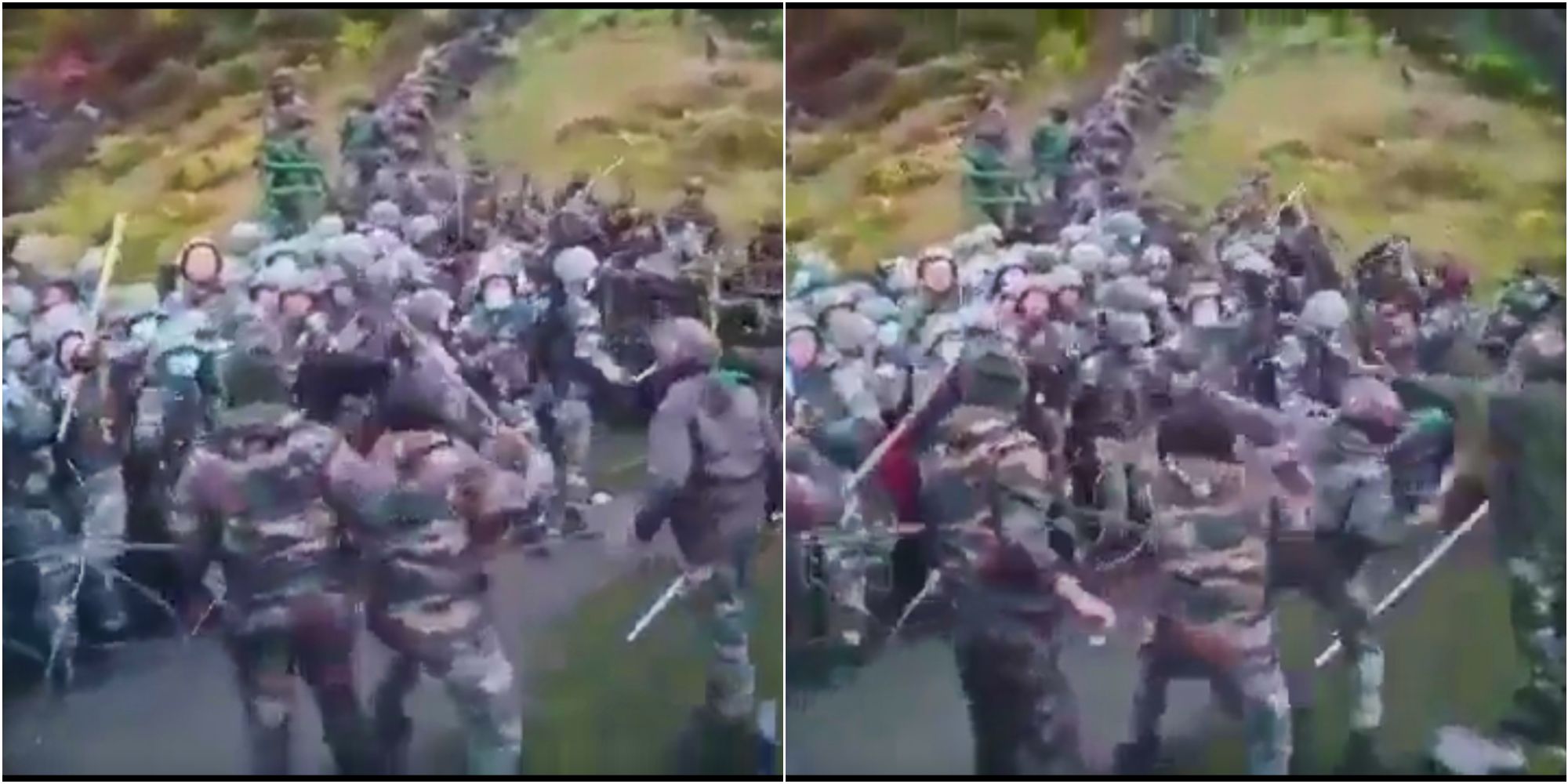
Facing Two Enemies – China & The Weather
China has deployed two divisions of troops backed by rocket and missile regiments, while India has deployed troops in equal numbers at the LAC.
The opening sentences of the ‘Fighting in Ladakh’ chapter of India’s official History of The Conflict with China, 1962 (published three decades later) read: “The first problem faced by a soldier in Ladakh is survival, fighting the enemy comes next… The peculiar geography has a major impact on the fighting and its outcome”.
In winter, some of the bases along the LAC have a maximum temperature of 3 degrees Celsius, while the lowest goes to -10 to -15 degrees Celsius. December and January will see -30 to -40 degrees and snow. As the official 1962 history highlighted: “Wind generally starts around mid-day and continues throughout thereafter”, and the combined effect “can cause cold injuries similar to burn injuries” … “Touching metal with bare hands is hazardous”.
If the temperatures don’t kill you, the winds will. The wind chill situation is so bad that the tank barrels freeze, ammunition doesn’t work, and equipment does not function. It is a horrible workplace as far as the Indian Army is concerned.
